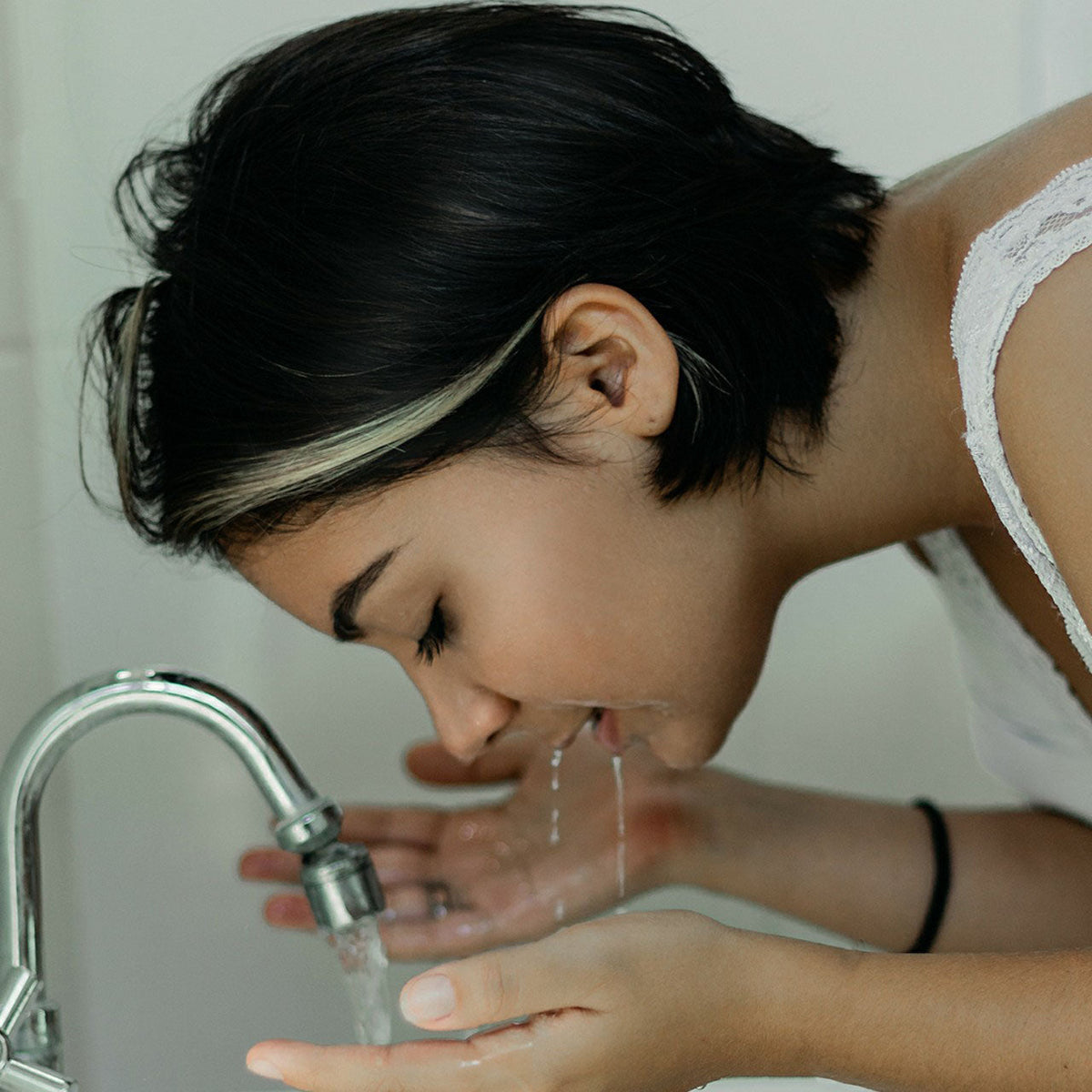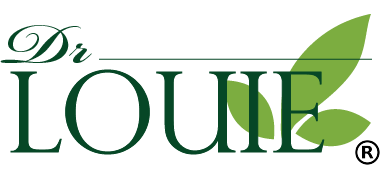
You want a healthy-looking skin? Start by cleansing right.
|
Time to read 3 min


|
Time to read 3 min
We’ve all been there: We purchase a product that says it can work miracles for our skin. So we buy it, but the results are nowhere close to what we’ve expected. And instead, we get dry, dull-looking skin, full of breakouts.
Why?
One of the reasons is that most of us aren’t cleansing right. We clean our faces twice a day. What else is there to it? And what is the “right” way to cleanse our faces?
Using a pH-balanced, mild cleanser with low foam morning and night after removing your makeup would be a great start.
Basically, pH is a scale of how acidic a substance is, from a scale of 0 to 14. The closer a substance is to 0, the more acidic it is. And if it is closer to 14, then it is more alkaline. For example, lemon is acidic, with a pH-level of 2.
On the other hand, antacids, a drug we use to subdue heartburn is alkaline, with a pH-level of 11, to neutralize the acidic state of our stomach.
This concept applies to our skin as well. Our skin has what is called an acid mantle, made up of oil mixed with lactic acid and amino acids from our sweat. And this makes the outermost layer of our skin slightly acidic, with a pH level of about 5.5.
This acidic layer protects our skin against viruses, fungi and the risk of infection. It keeps the skin hydrated and prevents loss of moisture. It secretes special enzymes that will help keep the oil level of our skin balanced. So it is important that this acid mantle is not damaged.
But any product that is too alkaline or too acidic could hurt this acid mantle, and ultimately damaging its protective function.
This means that when our skin becomes too alkaline or acidic, our skin can become dry, which would cause excessive oil production to prevent loss of moisture, and cause itchiness and breakouts. And no matter how good a product you put on your face, it won’t work well.
This is why before putting on expensive skincare products, it is important to ensure that we don’t accidentally strip our skin of this protective acidic barrier by making it too alkaline or acidic.
Using strong acidic peels frequently could make our skin acidic. On the other hand, harsh soaps and cleansers could make our skin alkaline. And it takes time for the pH level to return to normal, and during that time, our skin would be exposed to environmental harshness without any protective layer, making it overly dry or overly oily, and red and itchy.
pH-balanced cleanser with low foam, such as our Mild Face Cleanser.
A pH-balanced cleanser has a pH level similar to that of our skin - pH level of 5.5 - so it would work together with our skin, not against it, leaving this protective outer layer intact and strong.
One of the common misconceptions about cleansers is that the more foaming they are, the better they cleanse our faces.
But that is not the case. In fact, ingredients used to make the foam, such as sodium lauryl sulfate which gives you that squeaky clean finish, can be irritating to the skin and can strip the skin of its natural moisture barrier.
Low foam cleansers tend to eliminate these harsh ingredients, leaving this barrier intact.
So we understand the importance of using pH-balanced, low-foam cleanser. Then how can we check whether the cleanser we’re using is pH-balanced?
It’s simple! All you need are: your cleanser, water, and a pH testing strip. You can find different testing strips on Amazon.ca.
Easy, right?
Once you figure out the pH level of your cleanser, you can determine whether you are using the right cleanser for your face or not.
It doesn’t matter how good of a product you use if you do not cleanse your face well. The better you cleanse your face, the better your skin will be to absorb the nutrients of the moisturizer that follows.
So start by cleansing right!
Also check out our other blog on cleansing: Do's and Don'ts of Proper Face Cleansing.
